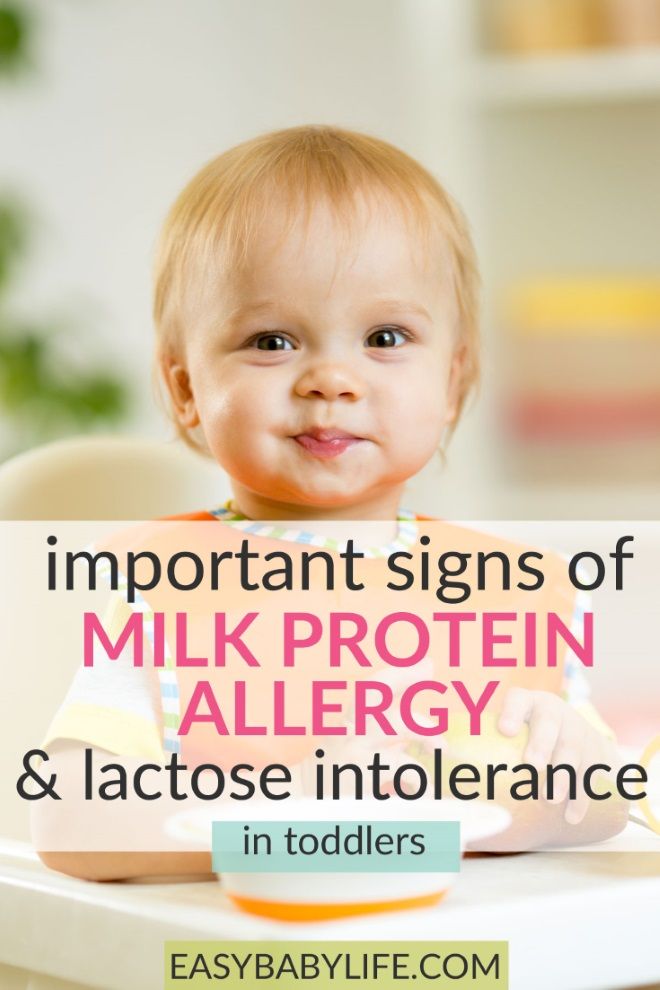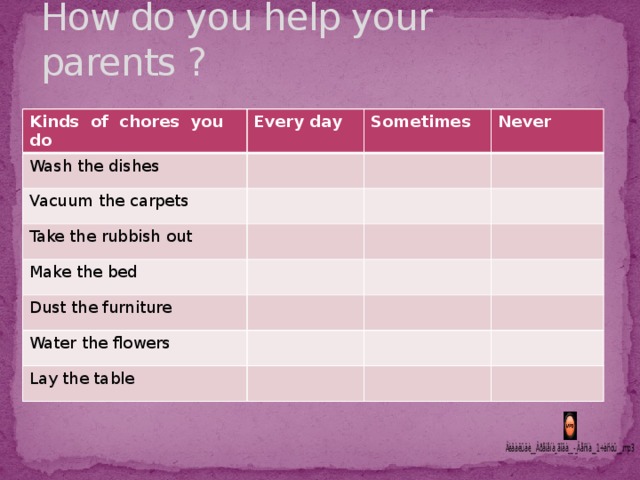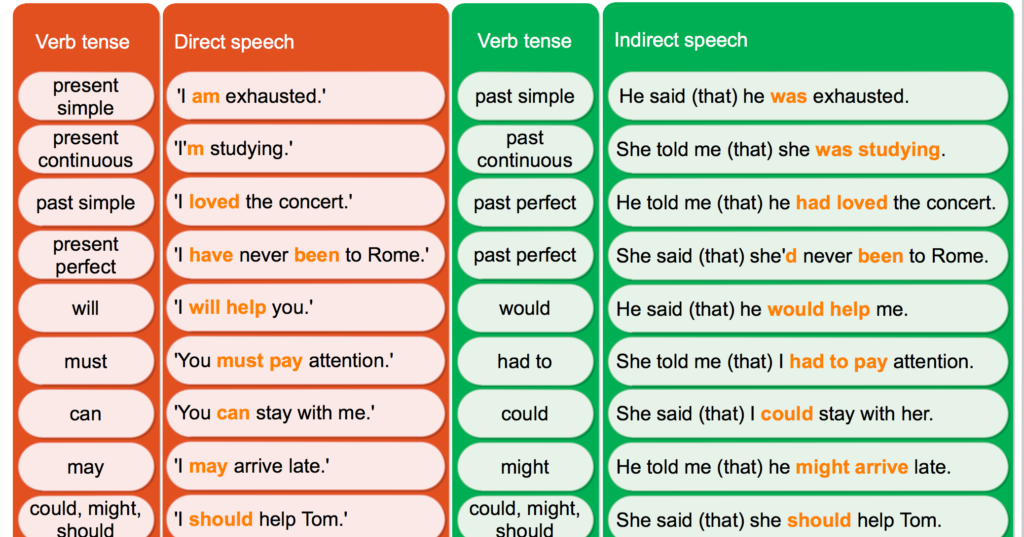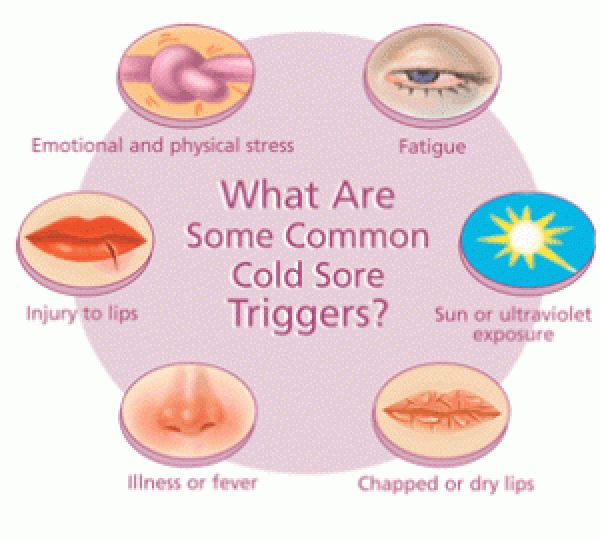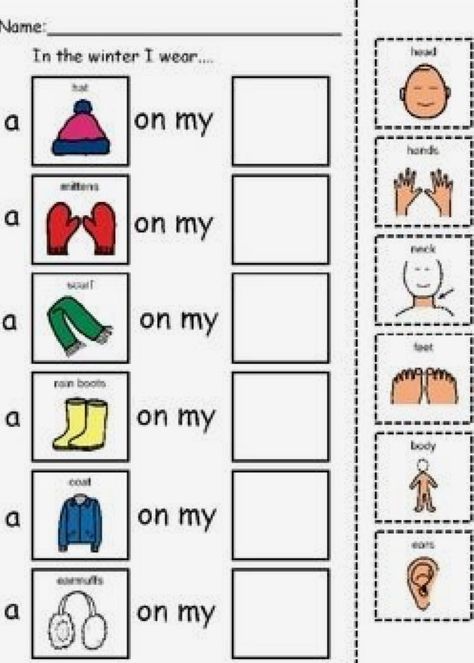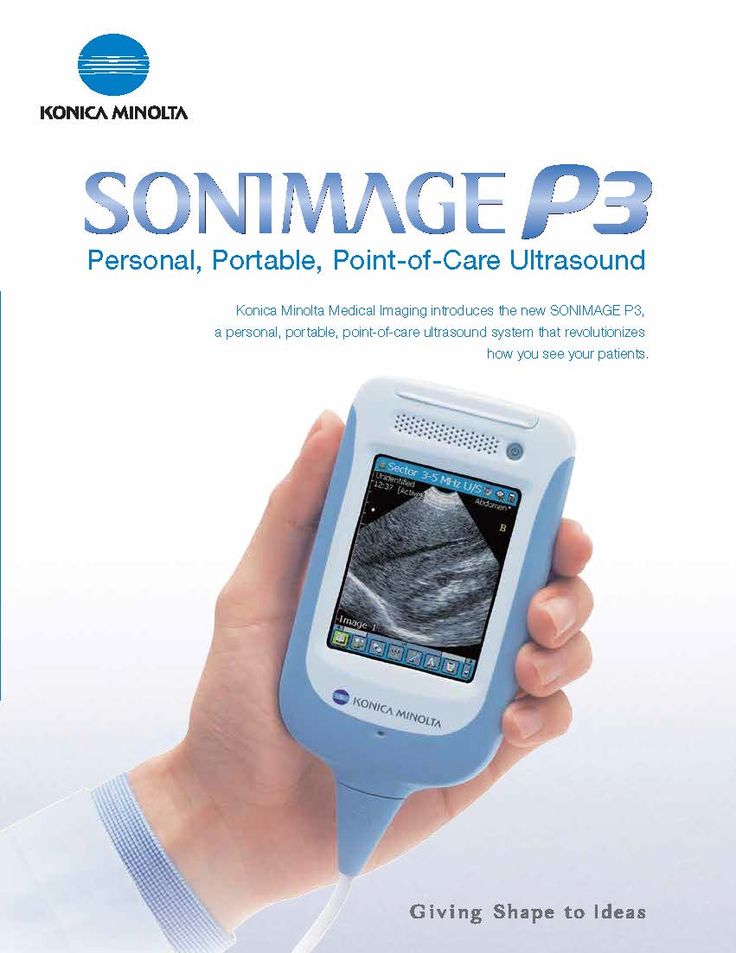Signs of baby formula intolerance
The Signs of Formula Intolerance and What to Do About It
When breastfeeding your baby is not an option for you, mothers can often rely on formula to keep their babies adequately fed, hydrated, developing, and growing both naturally and nutritionally.
Yet, for an estimated 2 to 15 percent of babies, formula intolerance can make feeding time difficult – at least until the causes are identified and treated.
Not to be confused with an allergy (i.e., a milk protein allergy, which is rare in infants), formula intolerance means that your baby has a sensitivity to an ingredient in the formula you’re feeding her. This can lead to irritation within your baby’s digestive system. The condition isn’t life-threatening, but it can cause dehydration and slow weight gain and growth.
As raising a newborn can be a confusing and stressful time for parents, our team at Rainbow Pediatrics wishes to clear any confusion you might have regarding formula intolerance. This includes knowing the signs that your baby may be experiencing the condition, when she or he is likely not experiencing intolerance to formula, and when it’s crucial to bring your baby in for a thorough checkup.
What are the Signs of Formula Intolerance?
It’s been estimated that up to half of all formula-fed babies have their formulas switched up by parents within the first few months of birth. The reason? Parents often mistake common infant responses to feedings with formula intolerance in an attempt to proactively protect their babies.
Parents should be aware that as babies’ digestive systems develop, gassiness, crying, spitting up, and general fussiness are perfectly normal following feedings. These issues typically resolve within the first few months of life, yet continually changing and experimenting with your baby’s formula type can exacerbate the problem.
So, how are you supposed to know if your baby’s dealing with bona fide formula intolerance? Signs to watch for include:
- Diarrhea
- Vomiting
- Blood or mucus in your baby’s stool
- The baby often pulls her legs up toward her belly because of pain
- Difficulty with weight gain or noticeable weight loss
- Constant crying and signs of discomfort
If you find your baby is regularly experiencing one or more of these issues, we recommend you bring him or her to Rainbow Pediatrics for an examination. Be prepared to answer questions about the formula(s) you’ve been using and the specific symptoms your baby’s been having.
Be prepared to answer questions about the formula(s) you’ve been using and the specific symptoms your baby’s been having.
During the checkup, we may also take a stool sample to test for a variety of possible health problems, and we may perform tests to see if he or she is experiencing an allergic reaction from the formula.
What if My Baby Has Formula Intolerance?
If we ultimately determine that your baby is suffering from formula intolerance, often, simply changing the baby’s formula will resolve the issue.
If your baby, for instance, is reacting negatively to the iron-fortified formulas made from cow’s milk, which the American Academy of Pediatrics recommends, switching to a formula that uses soy or rice proteins may be beneficial. Formulas made with proteins that have already been broken down (called hydrolyzed formula) are also available and much easier on developing digestive systems.
Along with the formula issue, however, your baby may also require treatment for a health problem caused by the intolerance, such as dehydration or a loss of weight.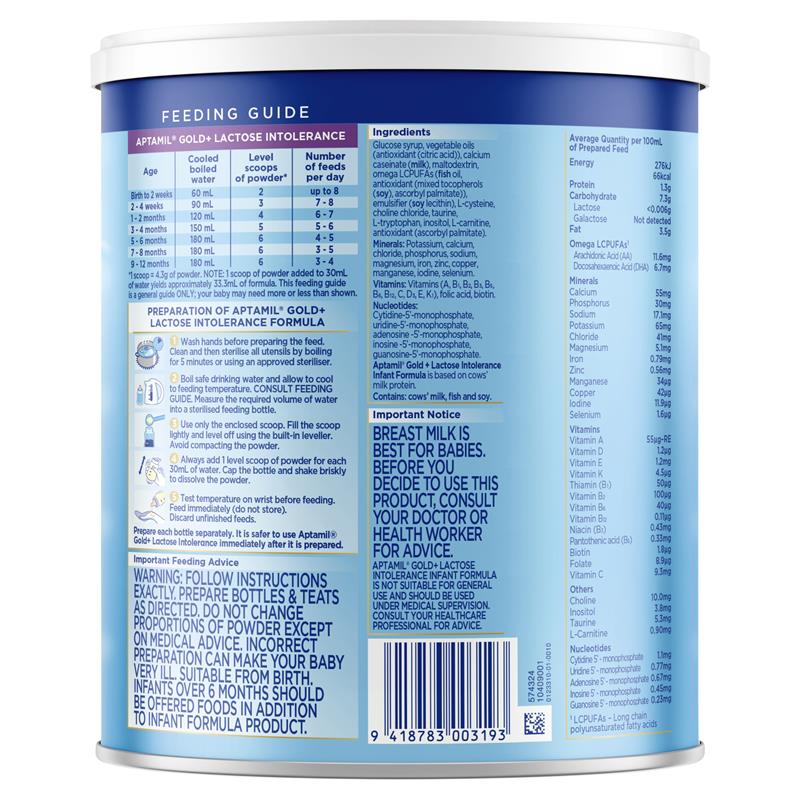 So, it’s essential that even if you feel 100 percent certain your baby is dealing with formula intolerance, you still consult your pediatrician regarding dietary changes and treatment options.
So, it’s essential that even if you feel 100 percent certain your baby is dealing with formula intolerance, you still consult your pediatrician regarding dietary changes and treatment options.
If you feel your baby may be suffering from formula intolerance, please contact our Rainbow Pediatrics team today to schedule a checkup in one of our Fayetteville-area clinics. Call us at (910) 486-5437.
Formula Intolerance - Houston , TX: Katy Pediatric Associates: Pediatrician
What is cow’s milk allergy?
The American Academy of Pediatrics recommends iron-fortified formulas made from cow’s milk if breastfeeding isn’t an option for you and your baby. While most babies can easily digest formulas with cow’s milk, if your baby keeps spitting theirs up, they may have cow’s milk allergy.
What is the difference between formula intolerance and a milk allergy?
Formula intolerance means that your infant has a problem with digesting a component of the formula they are taking.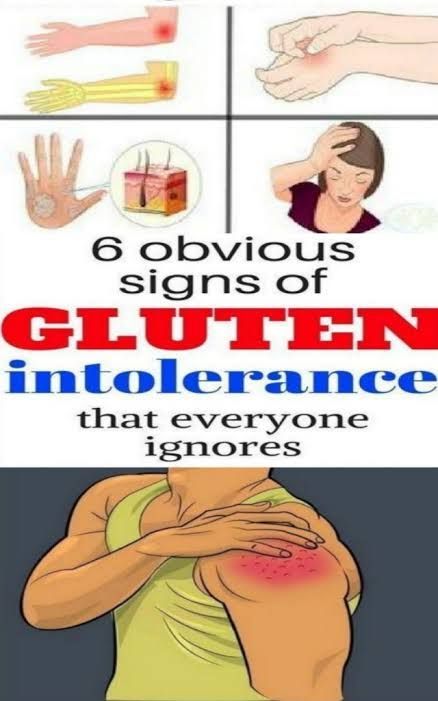 This is not usually an allergy. Cow's milk allergy is when there is an abnormal immune reaction to cow's milk protein. Both formula intolerance and cow's milk allergy can have a negative impact on the way your baby digests their formula.
This is not usually an allergy. Cow's milk allergy is when there is an abnormal immune reaction to cow's milk protein. Both formula intolerance and cow's milk allergy can have a negative impact on the way your baby digests their formula.
Cow's milk allergy is not common in infants and is thought to occur in around 2% of infants. Cow's milk allergy is an abnormal reaction to cow's milk proteins and can result in symptoms such as vomiting, constipation, diarrhea, fussiness, or sometimes rashes.
Most babies do not have milk protein intolerance but sometimes needs to change to formulas that are easier to digest when they are having a lot of fussiness or discomfort.
When should I consider changing my baby’s formula?
When your baby has persistent spitting up, colic, constipation, or reflux, you should consider trying a different formula.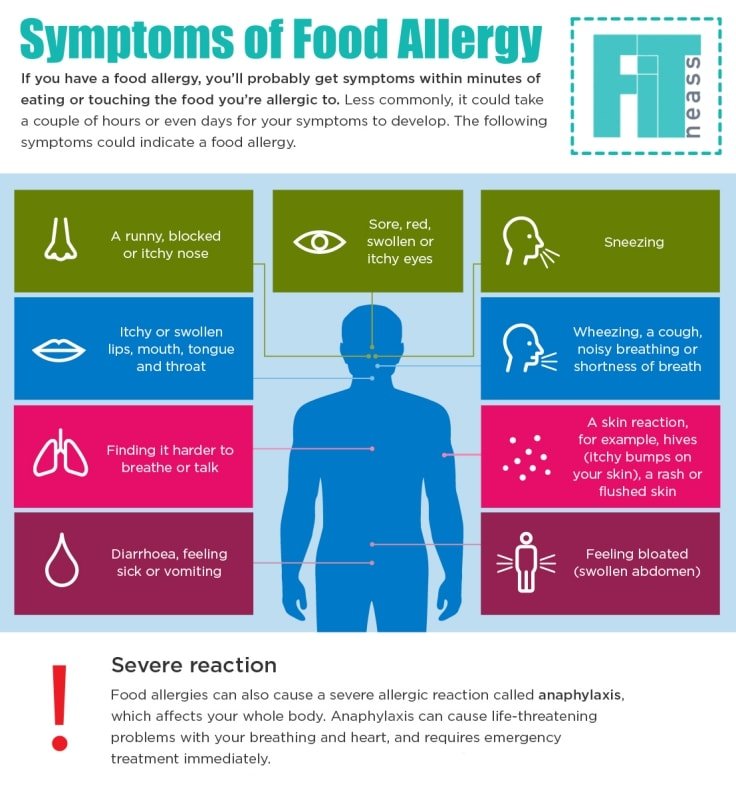 Cow's milk allergy often has more severe symptoms which include:
Cow's milk allergy often has more severe symptoms which include:
- Blood in stool
- Abdominal pain
- Hives
- Frequent spitting up
- Vomiting
- Stuffy nose
- Watery eyes
- Wheezing
- Coughing
- Diarrhea
- Skin rash
- Excessive crying
- Gas
- Failure to gain weight
- Bloating
If you suspect your baby has a formula intolerance or milk allergy, request an appointment with the Katy Pediatric Associates team for further evaluation.
How is cow’s milk allergy treated?
Formula intolerance and cow's milk allergy are treated by changing the formula.
For cow's milk allergy, your baby may need an extensively hydrolyzed or hypoallergenic formula.
Nearly 80% of infants grow out of milk allergies by the time they turn one, and almost all can tolerate milk by the age of five.
Whether your baby suffers from a milk allergy or a formula intolerance, the Katy Pediatric Associates team can develop a plan that helps your baby thrive. Find out more by calling the office or requesting an appointment online.
how it manifests itself, what it looks like, what to do, how long it takes for a newborn to be allergic to formula
We deal with the signs of intolerance to baby food and answer the question of what to do if the baby has an allergy to infant formula.
Nutrition for babies in the first year of life if breastfeeding is not possible should be prescribed by a pediatrician. He will definitely ask about the presence of allergies in parents and close relatives, ask about how the pregnancy went, did the mother take antibiotics, does the mother have bad habits. These are all risk factors for food allergies in babies.
How infants are allergic to formula
The reaction to an allergen manifests itself through different body systems.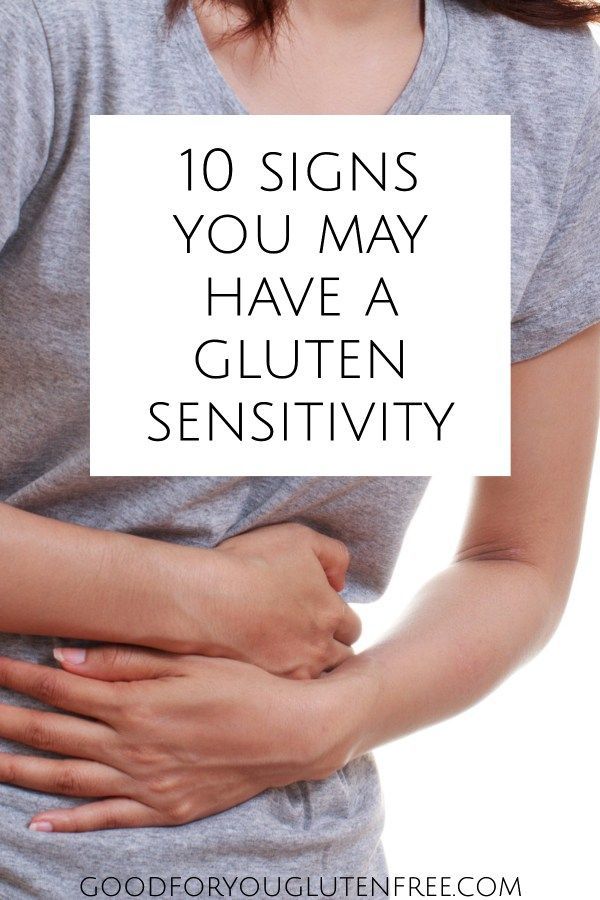 Here are the symptoms of a food allergy:
Here are the symptoms of a food allergy:
- On the skin : redness that starts on the face and spreads throughout the body, small blisters, peeling
- From the digestive system : regurgitation fountain, loose stools, especially green, constipation, bloating, colic
- From the side of the respiratory system : shortness of breath, cough, wheezing
How long does it take to become allergic to the mixture
How quickly the disease will make itself felt depends on the characteristics of the child's health. In some babies, the first signs of allergies occur immediately after feeding. In others, the allergen will manifest itself only after a few days, when it accumulates in the body. In any case, you should immediately contact a specialist who will diagnose and prescribe adequate treatment.
Allergy to hypoallergenic formula
Hydrolyzed mixtures are called hypoallergenic - those where the milk protein is split into amino acids and peptides, which are easily absorbed by the body and in most cases do not cause an undesirable reaction. They are prescribed in cases of severe allergies. They are bitter, and babies are reluctant to eat them.
They are prescribed in cases of severe allergies. They are bitter, and babies are reluctant to eat them.
However, an undesirable reaction can also occur on a hypoallergenic mixture. That is why only a pediatrician should recommend the mixture and select treatment in case of an allergy.
Why are babies allergic to formula?
The reasons are different. A doctor and tests will help to deal with them.
The most common of the reasons:
- temporary or congenital lactase deficiency. The tests prescribed by the pediatrician will help to establish this reason. And treatment can be a temporary or permanent transition to a lactose-free mixture, such as soy. How to recognize lactase deficiency, read the article of our pediatrician.
- allergy to animal protein - casein. After passing the analysis, the doctor will recommend replacing the mixture with soy or hydrolyzed. Read more about lactase deficiency and cow protein allergy in our article.
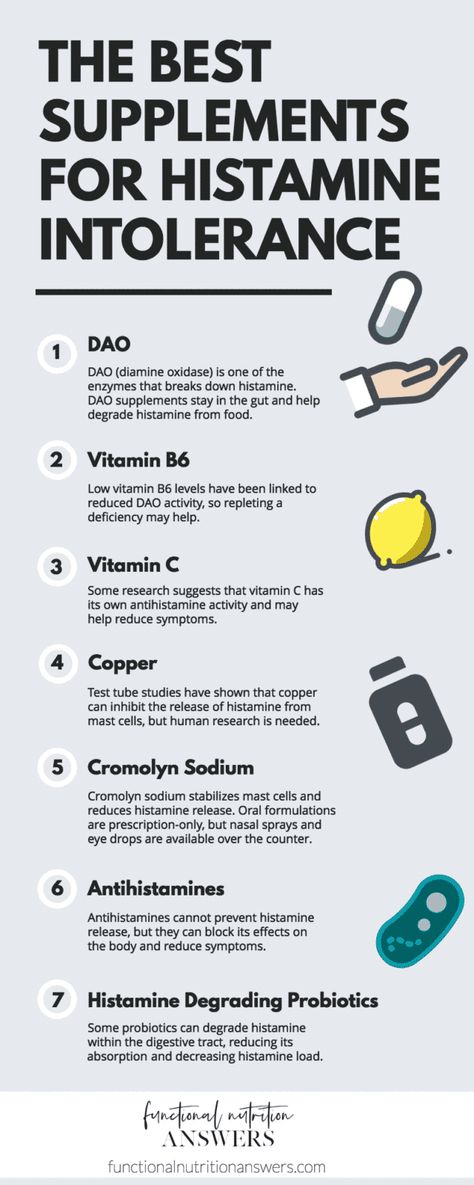
- incorrect transition to artificial feeding or a new mixture. Learn how to change the mixture so as not to harm the baby's body.
- rotavirus infection. This is a temporary, but rather acute condition, during which the child needs special nutrition. Learn more about nutrition during rotavirus.
- excess food. This is the most common cause of allergic dermatitis in artificial babies who cannot regulate the amount of formula they eat. Why this happens, find out from our material.
- formula is not suitable for your baby. Children prone to allergies may react to the composition of improved mixtures enriched with vitamins and trace elements. How to understand what exactly caused the allergy? It is necessary to pass tests and follow the advice of a pediatrician to switch to a suitable mixture.
What to do
Regardless of whether treatment is required, a reduction in the volume of the mixture eaten or a transition to a new diet, the appointment should be made by a doctor.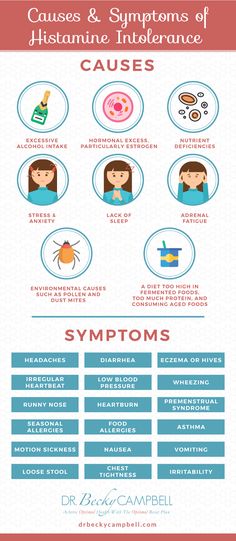
Therefore, the first thing to do is to contact a pediatrician who will establish the cause, possibly offer to take tests and prescribe treatment.
Soy mixtures for allergies
Soy infant formula is prescribed for allergies to animal protein - casein. And in the absence of allergies to soy. Therefore, if the doctor has prescribed an analysis for an allergy to animal protein, ask if it is worth immediately taking an analysis for a reaction to soy protein.
Soy nutrition is an absolutely complete replacement for dairy nutrition until the transition to adult food.
Pay attention to soy mixtures Materna, made in Israel. They do not contain GMOs, salt and sugar and are suitable for newborns.
Fermented milk mixtures for allergies
Fermented milk mixtures belong to the category of medicinal. They are enriched with live bacteria that help digest food and absorb nutrients.
Only a pediatrician can recommend the use of a fermented milk mixture.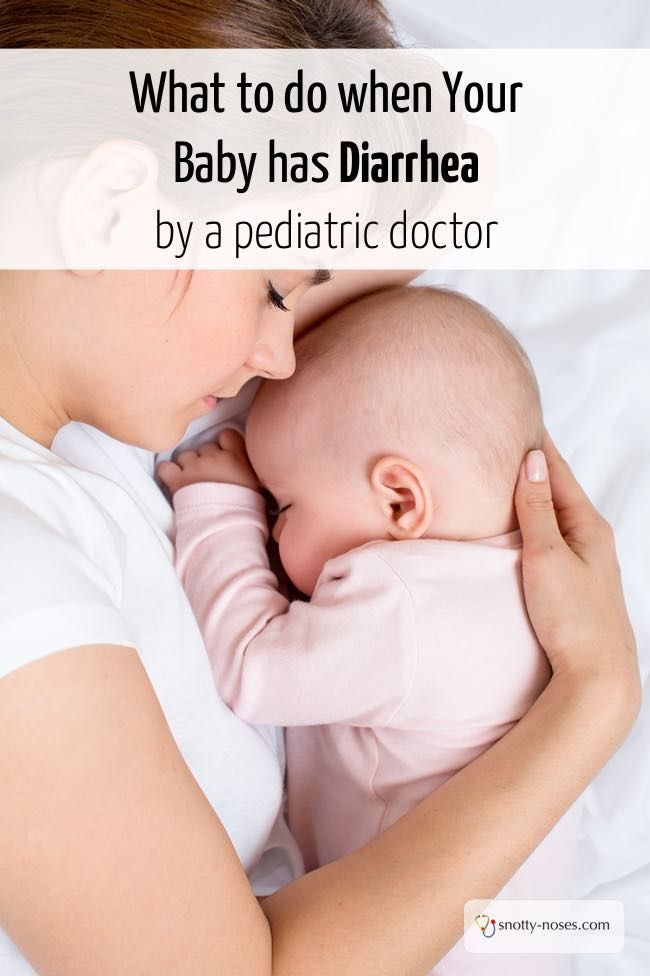 As a rule, the baby is not completely transferred to such a diet, but several feedings a day are replaced by them. Do this for a limited period of time while bowel function is restored.
As a rule, the baby is not completely transferred to such a diet, but several feedings a day are replaced by them. Do this for a limited period of time while bowel function is restored.
How long does an allergy last
With adequately selected treatment, you will notice an improvement in 5-7 days. Symptoms may persist for up to a month. The prognosis for your particular case can only be given by a pediatrician who knows the history of the baby.
Trust the treatment of your kids only to professionals and let your kids be healthy!
Get a free consultation
Allergy in infants treatment, allergy in newborns, allergy in infants, food allergy in infants, allergic rash in infants › Outpost Clinic
(044) 502-22-62
6
093 / 068 / 066 / 502-22-62
License of the Ministry of Health of Ukraine
(093) 502-22-62
(068) 502-22-62
- en
- en
- UK
What is the danger of developing allergies in an infant
One of the most common causes of allergy in infants is formula milk. Despite the fact that manufacturers try to adapt milk formulas as much as possible, they still cannot be fully adapted to the child.
Despite the fact that manufacturers try to adapt milk formulas as much as possible, they still cannot be fully adapted to the child.
If the parents or relatives of the baby have allergies, asthma, allergic rhinitis, urticaria or atopic dermatitis, then through the genes they can "reward" him with a predisposition to allergies. The risk of developing an allergy in a baby to milk formula depends on the degree of predisposition of the child, the more allergies in the family, the higher the likelihood of developing an allergy:
- 10-20% - family without allergies;
- 20-40% - 1 parent is allergic;
- 50-80% - both parents suffer from allergic diseases.
For children with a predisposition to allergies, it is very important not to get cow's milk, which is very high in casein (mother's milk is much less). Therefore, attention should be paid to the fact that children prone to allergies are not supplemented in maternity hospitals with conventional mixtures, as this leads to allergization of the child from the first days, while there is a breakdown in adaptation, and further such children are more likely to develop allergies.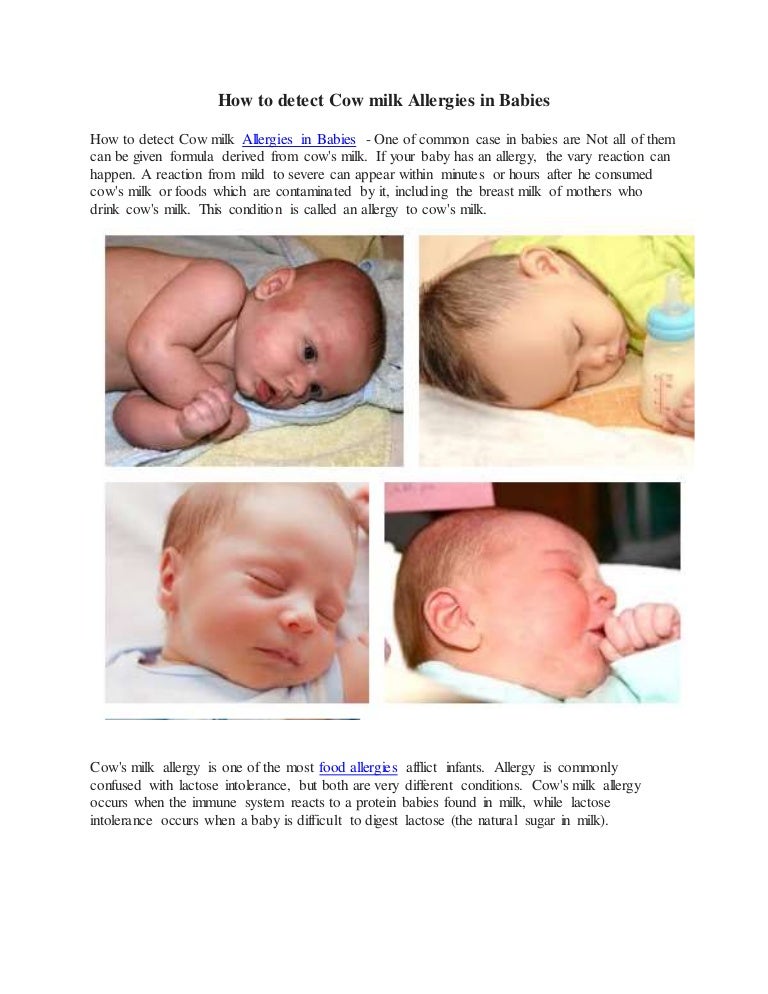
Manifestations of allergy in infants to milk formulas
Signs of allergy to milk protein can manifest both in the immediate type (IgE-dependent, the reaction manifests itself after the use of the milk formula during the first 30 min-2 hours), and the delayed type (IgG4 dependent) - does not appear immediately, but within one or two days. Allergy in infants to formula milk is manifested by:
- rash on the skin in the form of various dermatitis, urticaria, rash around the mouth;
- inflammation on the cheeks, buttocks, legs, back, vulva in the form of redness, papules, accompanied by itching;
- gastrointestinal manifestations in the form of vomiting, hiccups, regurgitation, stool disorders (constipation, diarrhea, bloating, intestinal colic).
What components of milk formula cause allergies in a child? 80% of milk formulas are made on the basis of cow's milk, because cow's milk in its composition is the most identical to human milk and contains the necessary proteins and trace elements for the growth and development of the child.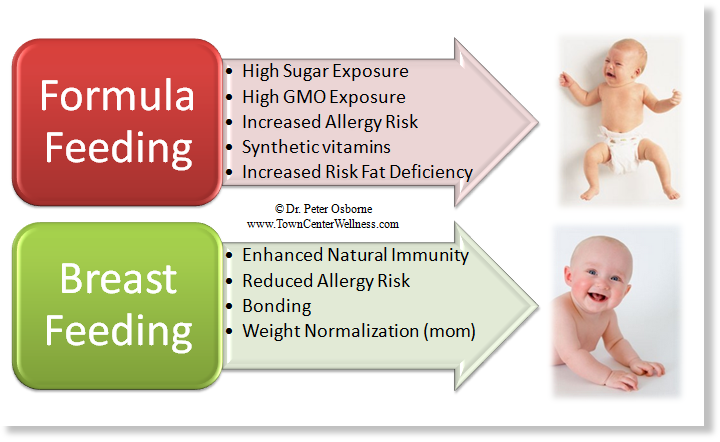 20% of mixtures are made on the basis of soy or goat milk.
20% of mixtures are made on the basis of soy or goat milk.
Food allergies in infants. Allergy of children under one year to milk
Cow's milk contains proteins such as casein, lactalbumin and lactoglobulin. All three proteins can cause allergies in a child, either individually or all at the same time. Lactalbumin and lactoglobulin are thermolabile, which means that they are destroyed by boiling and can no longer cause allergies in a child. Casein, on the other hand, is thermostable (that is, it does not break down when boiled and can cause an allergic reaction). Unfortunately, most children are allergic to casein.
Diagnosis of allergy in infants you can check for allergies in infants to all the main protein components of milk. This is possible only with the help of molecular allergy diagnostics, which determines the allergy not to the entire product, but to its individual components.
Allergic rash in infants. Allergy to cereals
Sometimes milk formulas may contain various cereals (buckwheat, oats, rice), then the child may be allergic to these cereals.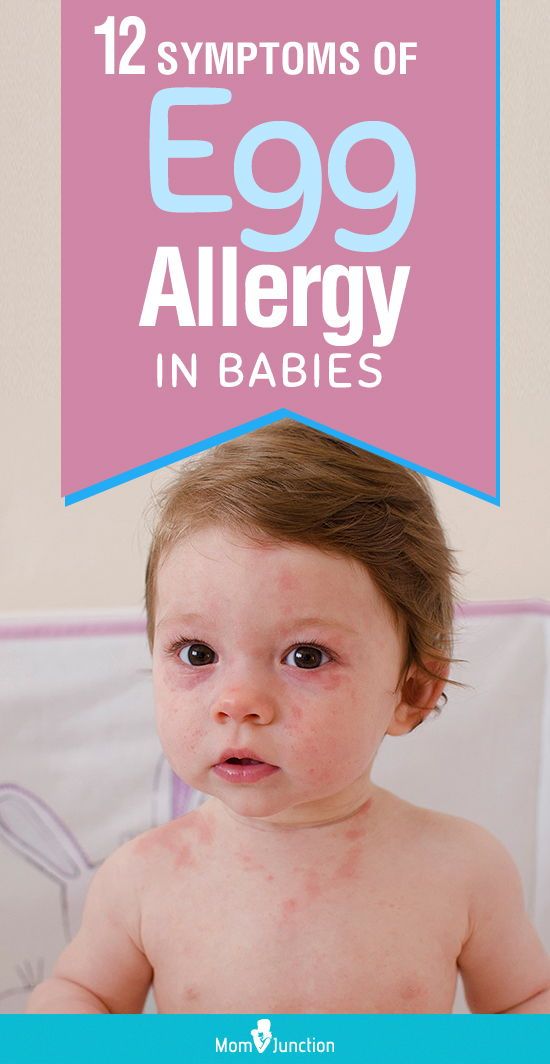 Such mixtures are usually intended for older children - after 6 months. Accordingly, tests are made for the respective components of the cereals. You can just separately make IgE for wheat, rye and others. But it is best to do molecular component diagnostics → on the main (major) proteins of cereals (rPhl p1, rPhl p5b), which are included in buckwheat, wheat, rye, fescue and many other cereals, as well as minor (rPhl p7, rPhl p12) proteins, due to which cross-reactions with other foods and plants often occur.
Such mixtures are usually intended for older children - after 6 months. Accordingly, tests are made for the respective components of the cereals. You can just separately make IgE for wheat, rye and others. But it is best to do molecular component diagnostics → on the main (major) proteins of cereals (rPhl p1, rPhl p5b), which are included in buckwheat, wheat, rye, fescue and many other cereals, as well as minor (rPhl p7, rPhl p12) proteins, due to which cross-reactions with other foods and plants often occur.
What are hypoallergenic formulas and are they prescribed for allergies in infants? If initially we know that the parents are allergic and the likelihood of developing allergies in the child is high, then it is recommended to immediately start feeding with hypoallergenic mixtures, preventing the development of allergies in the child.
Hypoallergenic mixtures are hydrolysates of cow's milk proteins (i.e. the protein is broken down into amino acids). As a rule, there is no allergic reaction to these mixtures. But hydrolysates, due to the split protein, become bitter in taste. Therefore, at the beginning it happens that the child does not want to eat, and although his taste buds are not as developed as in an adult, he still feels a bitter taste, especially since mother's milk is sweet. Therefore, it is necessary to gradually accustom the child to the hydrolyzate, at first, in the first 3-5 days, he may refuse, and then he gets used to it. It is important that parents do not rush to cancel the mixture, as a mixture that cannot be fed to the child.
But hydrolysates, due to the split protein, become bitter in taste. Therefore, at the beginning it happens that the child does not want to eat, and although his taste buds are not as developed as in an adult, he still feels a bitter taste, especially since mother's milk is sweet. Therefore, it is necessary to gradually accustom the child to the hydrolyzate, at first, in the first 3-5 days, he may refuse, and then he gets used to it. It is important that parents do not rush to cancel the mixture, as a mixture that cannot be fed to the child.
Types of hypoallergenic mixtures for allergy in an infant
There are hydrolysates depending on the degree of milk protein hydrolysis: moderate and high hydrolysates. If the baby’s allergy is not severe, then moderate hydrolysates are recommended, since they have small amounts of allergens and thus “train” and “accustom” the baby’s immune system.
Does your child have skin rashes, gastro-intestinal problems?! This is a minimally traumatic tactic for examining infants and older children.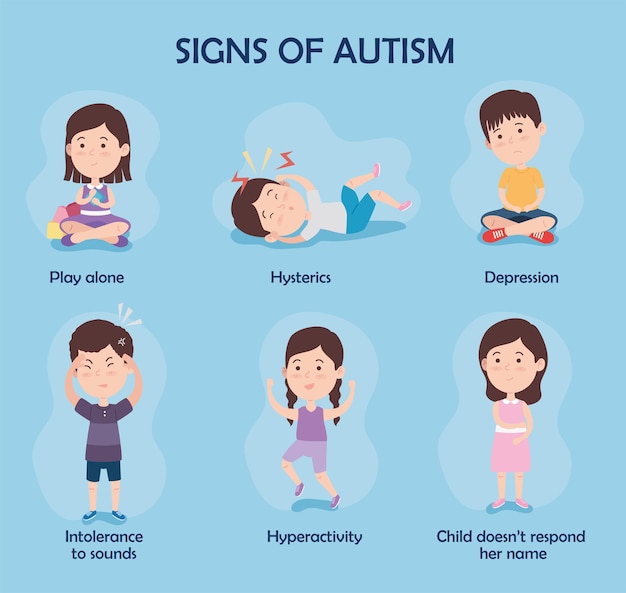 Search for the cause of problems, taking into account possible allergies.
Search for the cause of problems, taking into account possible allergies.
Stages:
- Fecal analysis for a coprogram, which looks at the degree of digestion of food, signs of inflammation in the intestine, the presence of pathogenic (iodophilic) flora, etc.
- Ultrasound of the abdominal organs, which allows to detect possible developmental anomalies (atresia, underdevelopment of the bile ducts, deformation of the gallbladder, etc.)
- Blood test to determine the level of total immunoglobulin E and/or Phadiatop Infant. Fadiatop Infant is an allergy screening test that contains all the main foods - milk, eggs, wheat, etc., as well as inhaled allergens. If this test is positive, then component allergy diagnostics is necessary. If negative, then go to step
- Component diagnosis of allergy to casein, lactalbumin, lactoglobulin (if the child consumes only milk formula). If the child is more than 6 months old and he uses various cereals, then component diagnostics for cereals is necessary.
